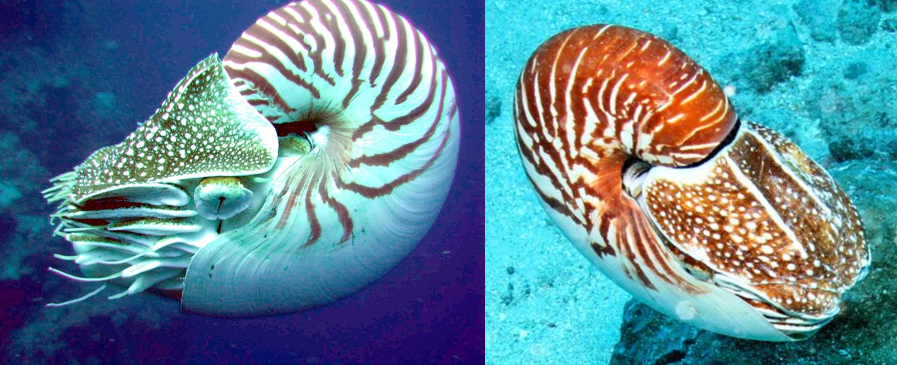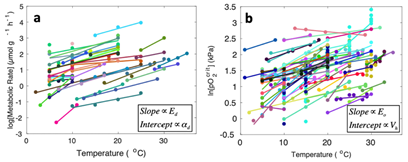NCCOS-supported researchers found that marine organism geographic distributions are best predicted by measuring temperature and dissolved oxygen together. Temperature and oxygen are closely linked in the physiology of marine animals and in the hydrography of the ocean. Using experimental data on temperature tolerance, oxygen levels, and geographic distributions of 72 different marine species, researchers demonstrated that the combination of temperature and oxygen are a good predictor of species habitat limits.

This information was used to create a physiologically based index of metabolic suitability, the Metabolic Index, which measures the ability of an environment to provide adequate oxygen at a given temperature and oxygen. For all species, their energetic (oxygen) demands for activity limit where they can live (Figure 1, below).
This project, led by the University of Washington, is part of the NCCOS Coastal Hypoxia Research Program (CHRP). It is applying coastal ocean models to determine the vulnerability of important species to changing temperature and oxygen in the California Current.
Citation: Deutsch, C., J. L. Penn and B. Seibel. 2020. Metabolic trait diversity shapes marine biogeography. Nature 585: 557–562. doi:10.1038/s41586-020-2721-y


